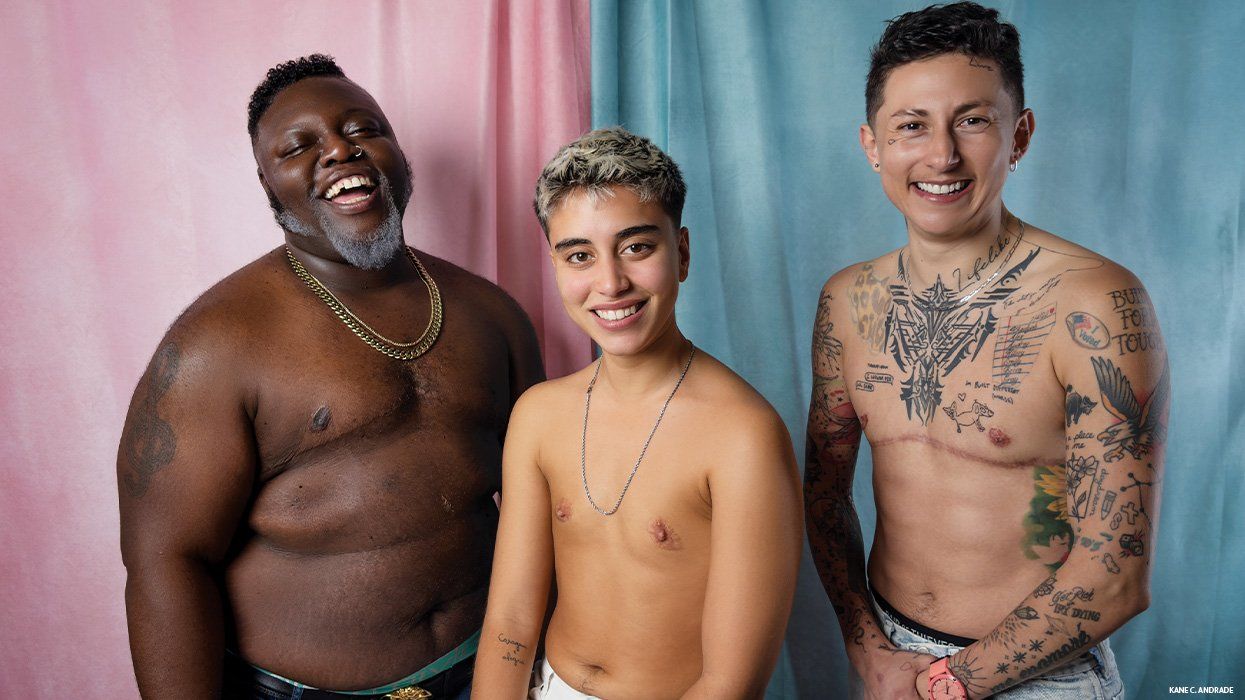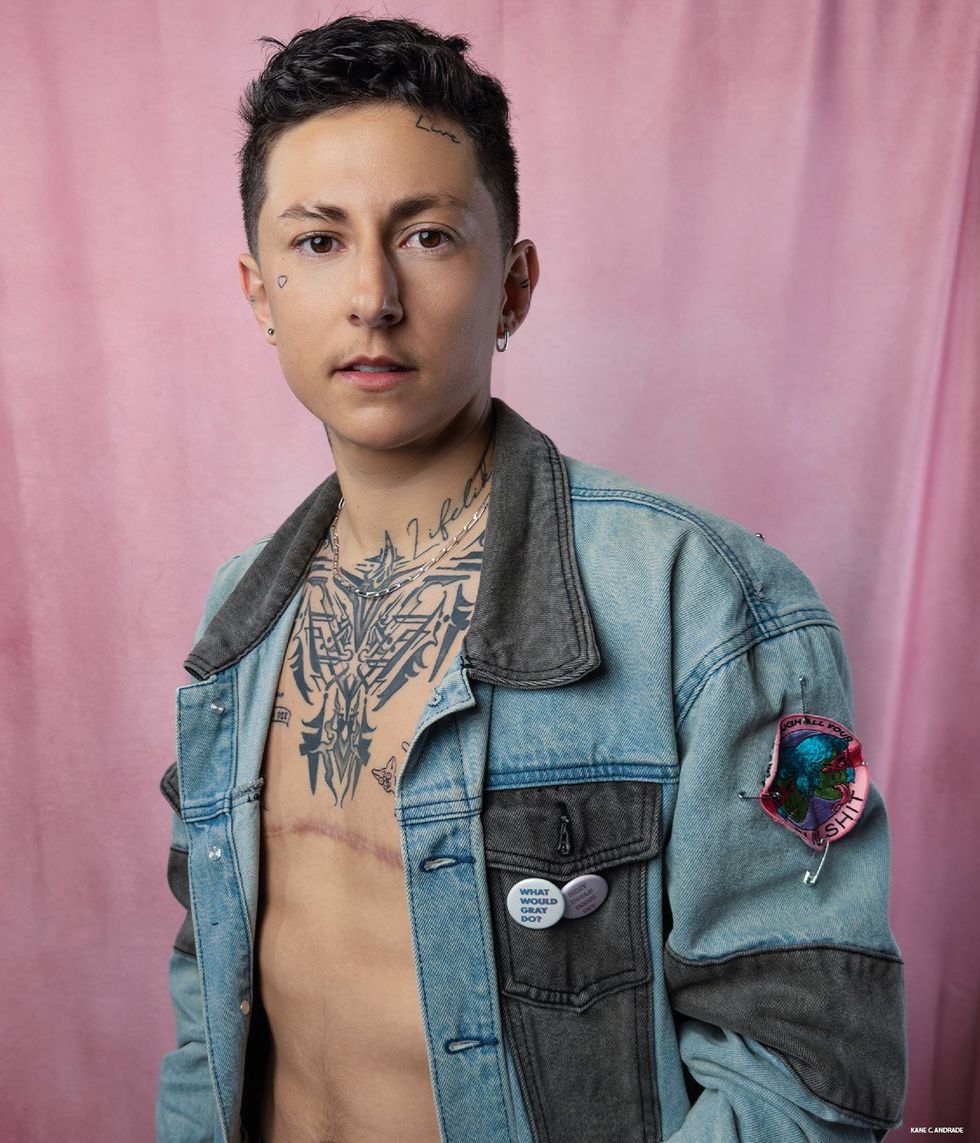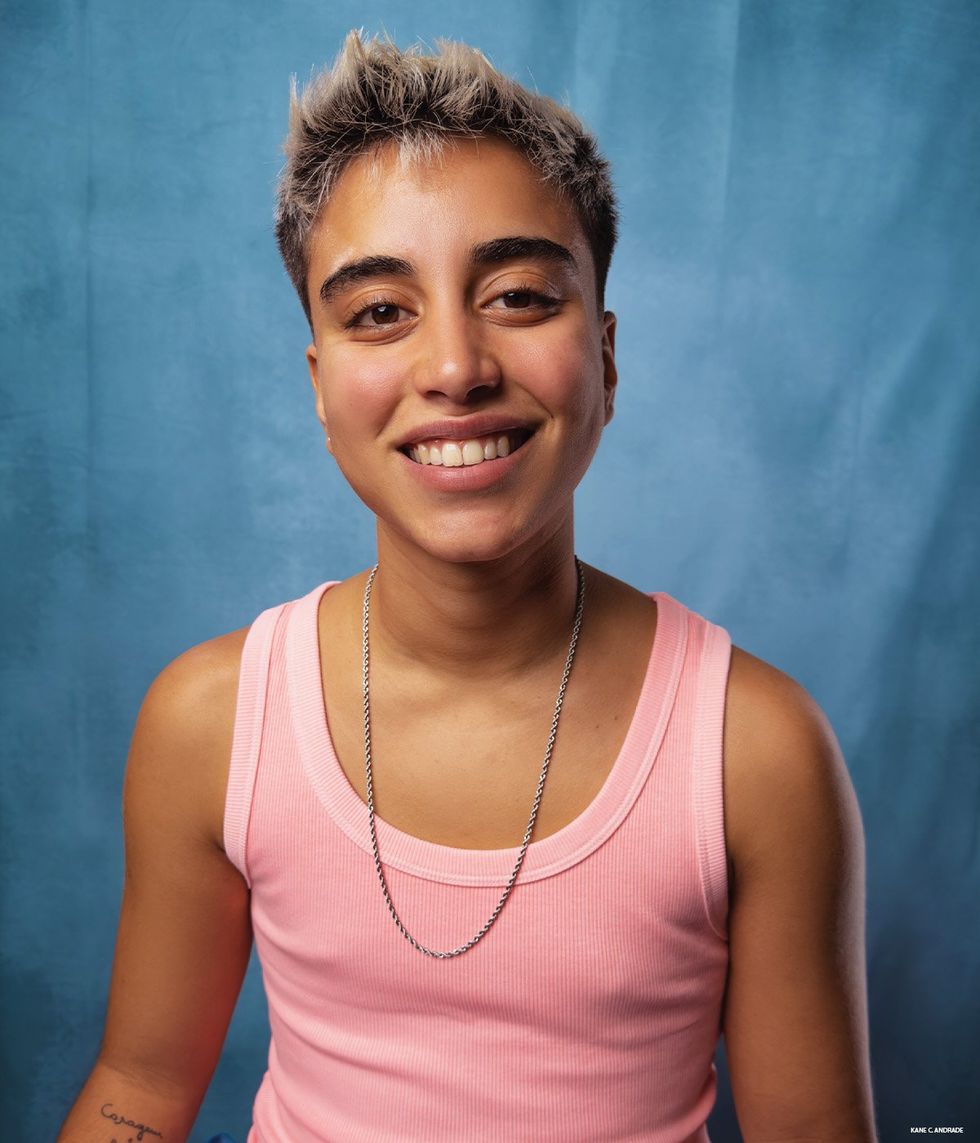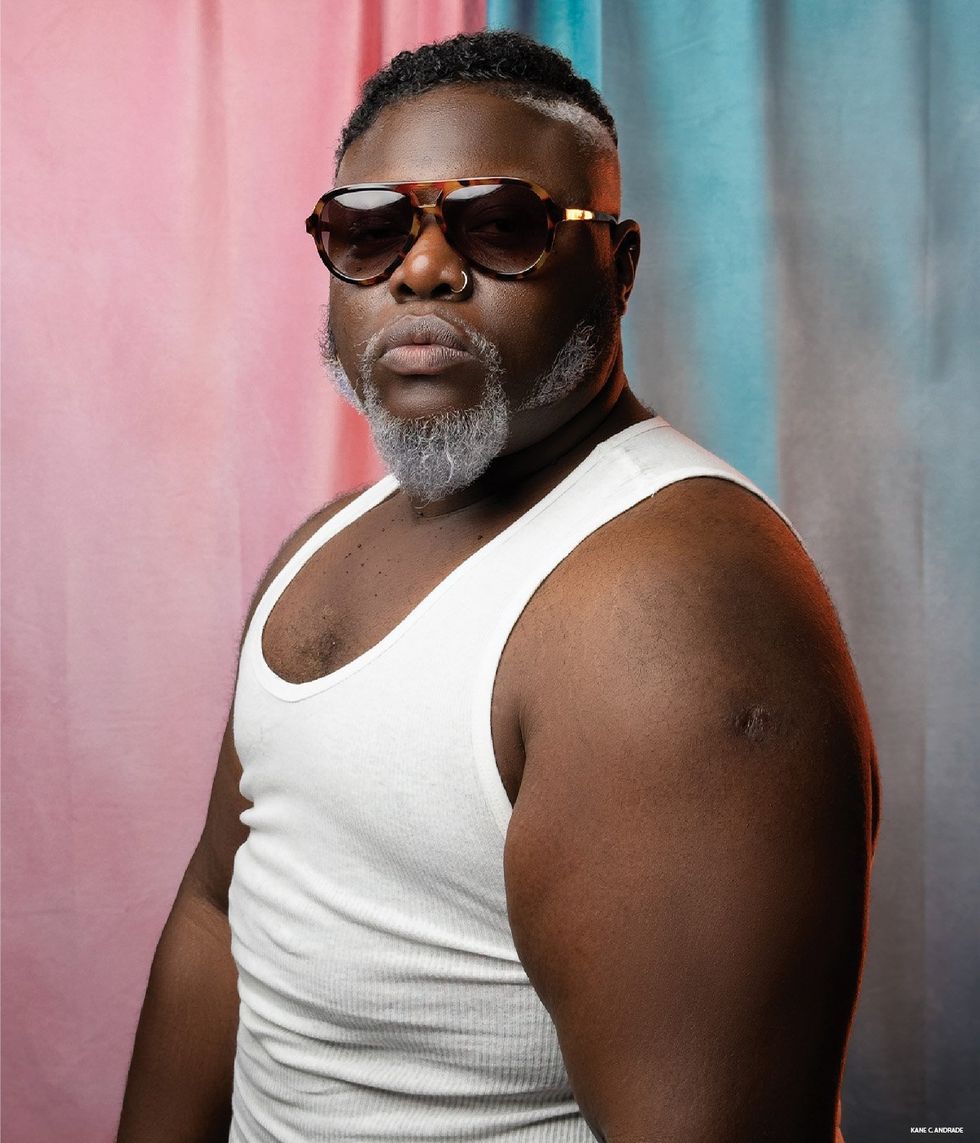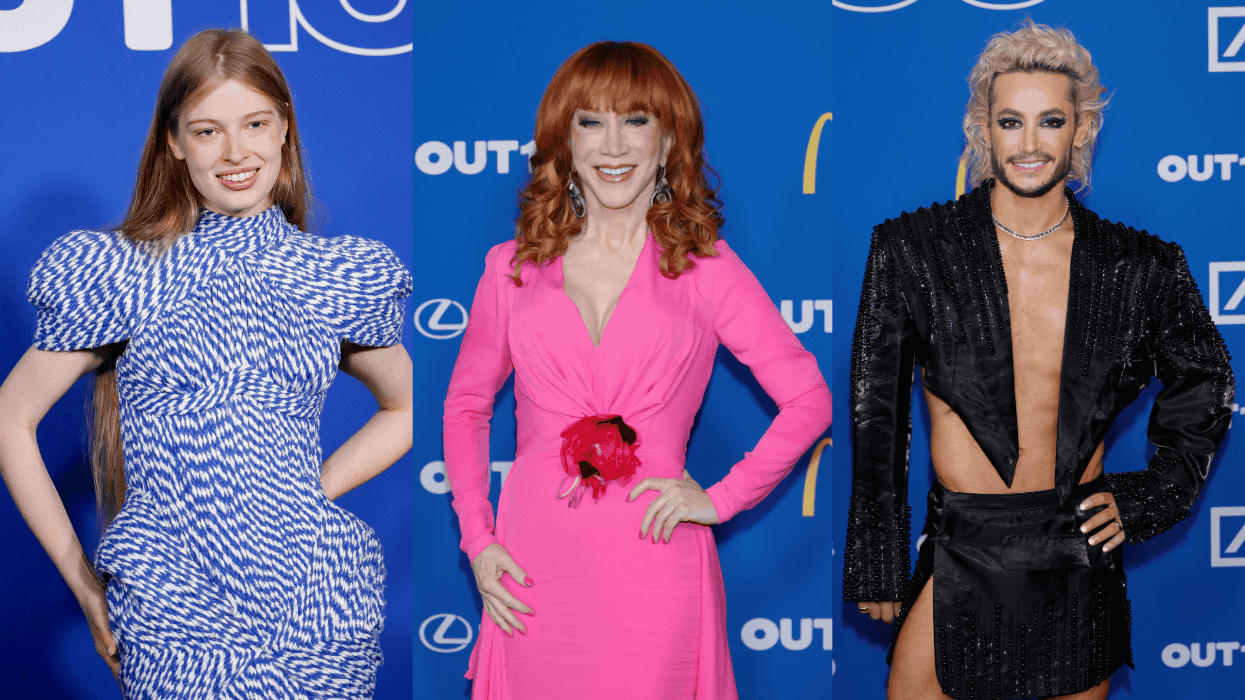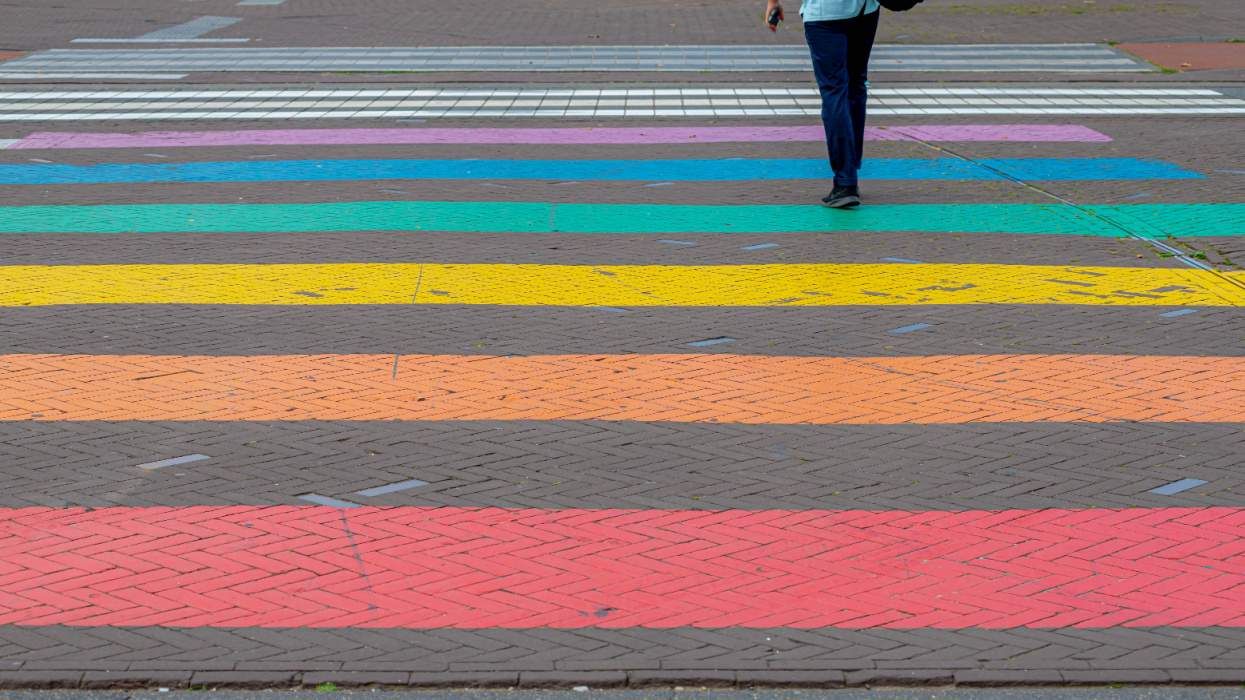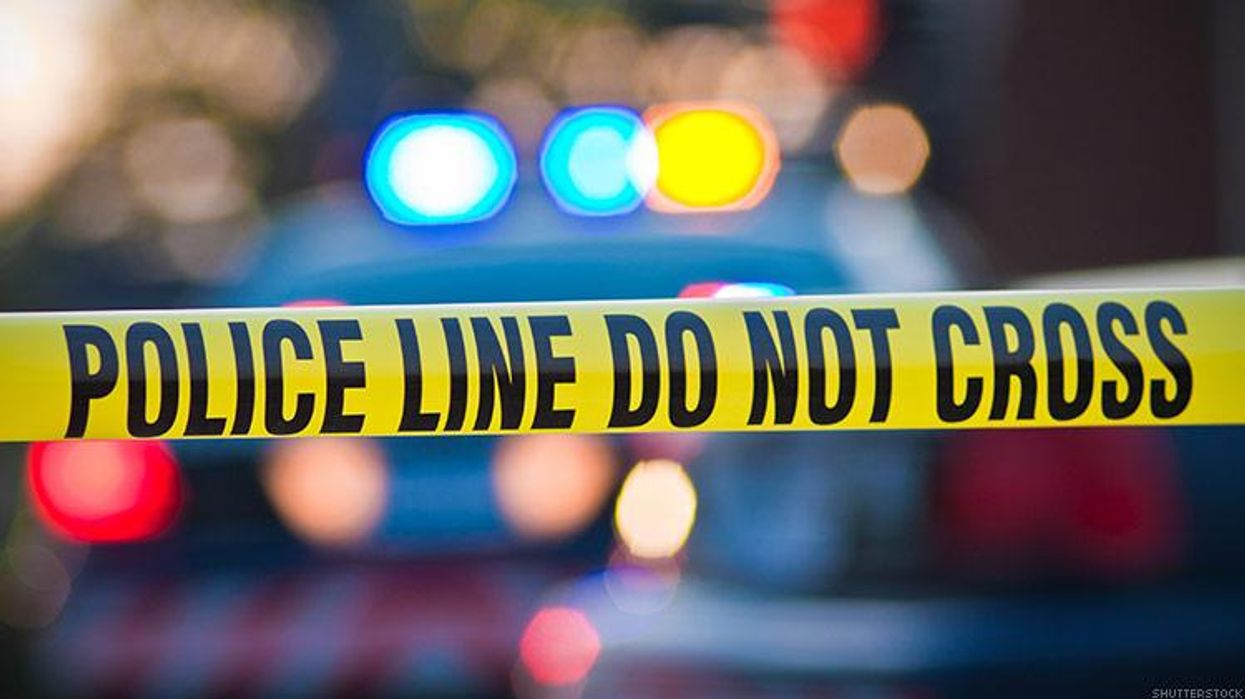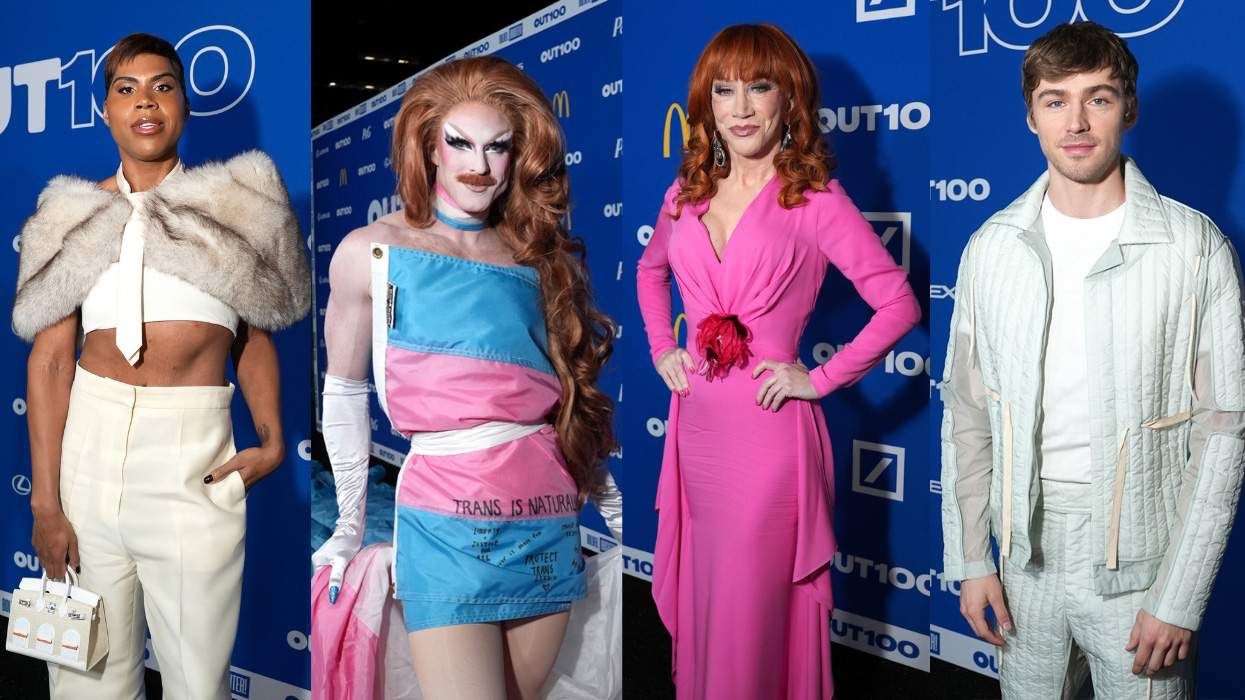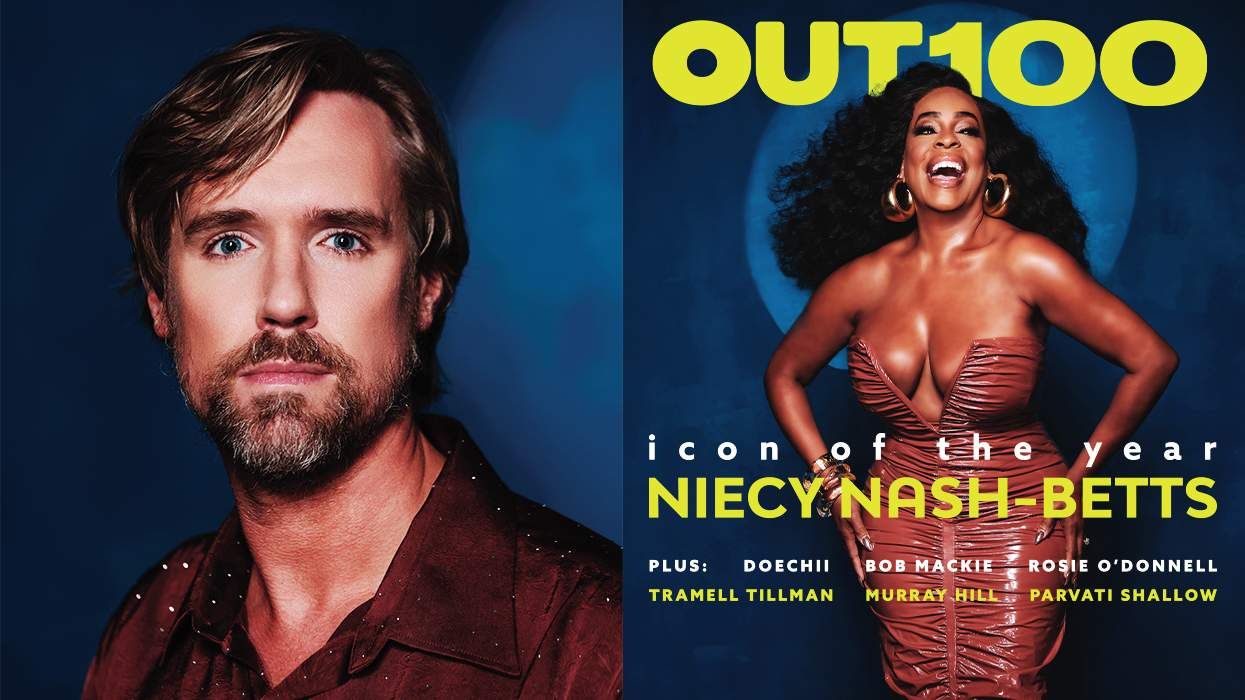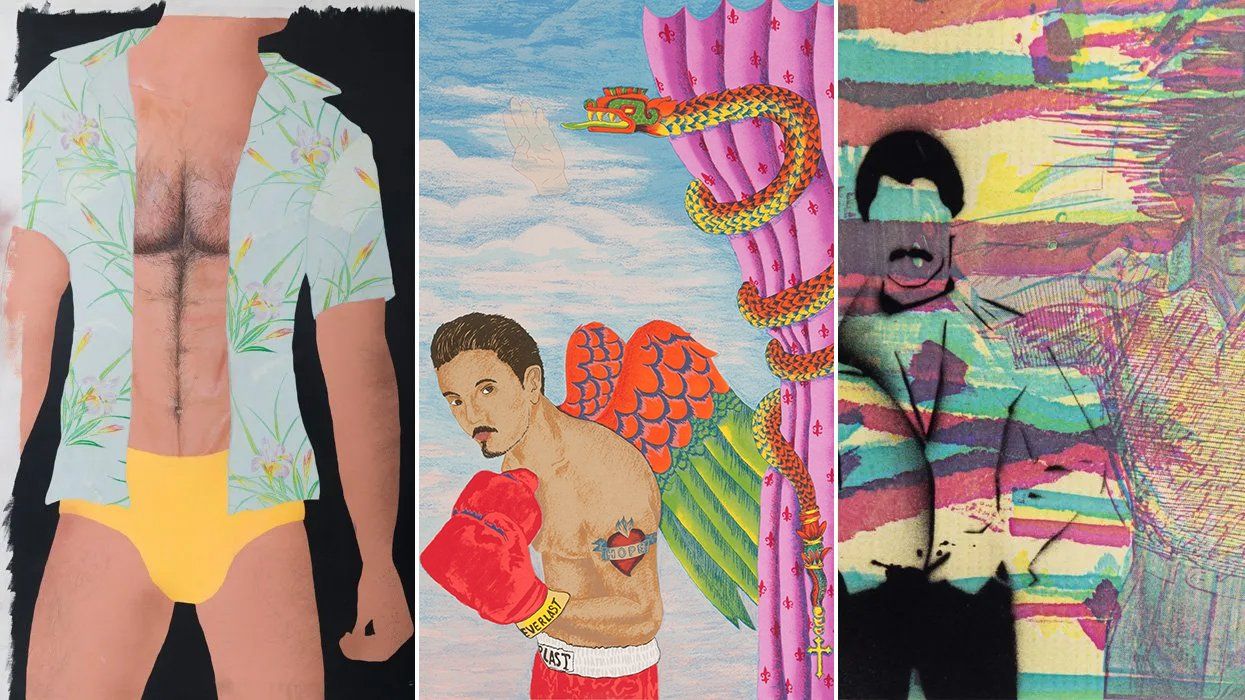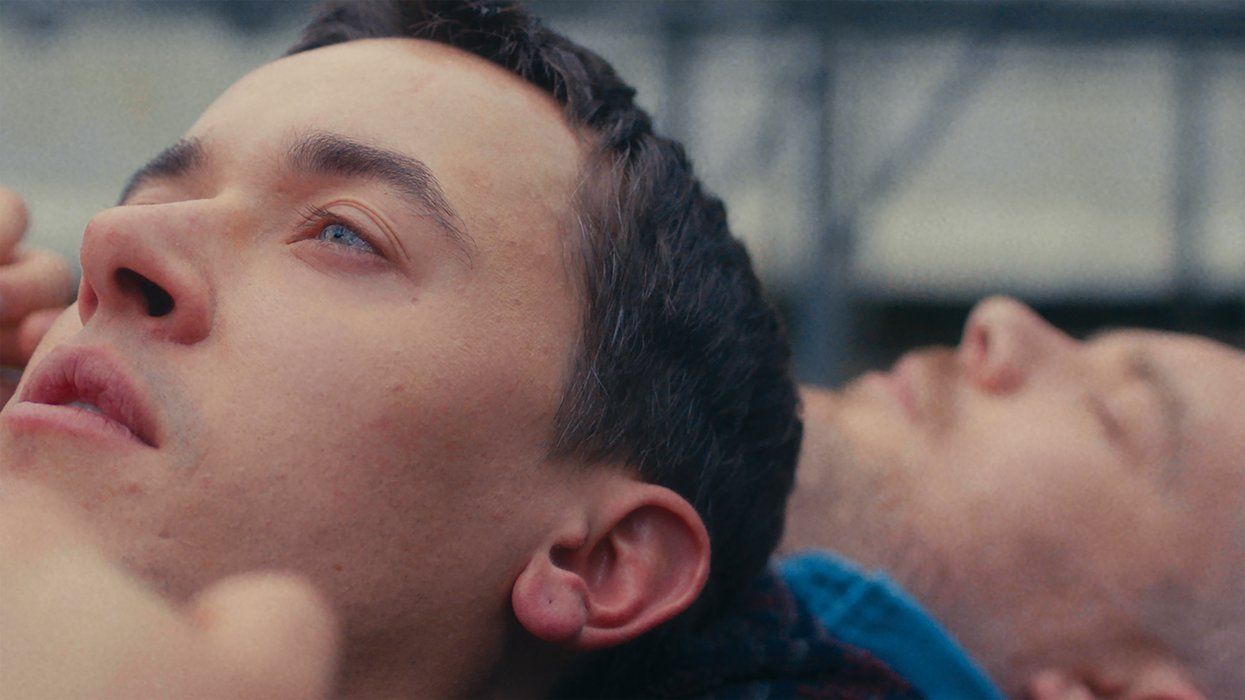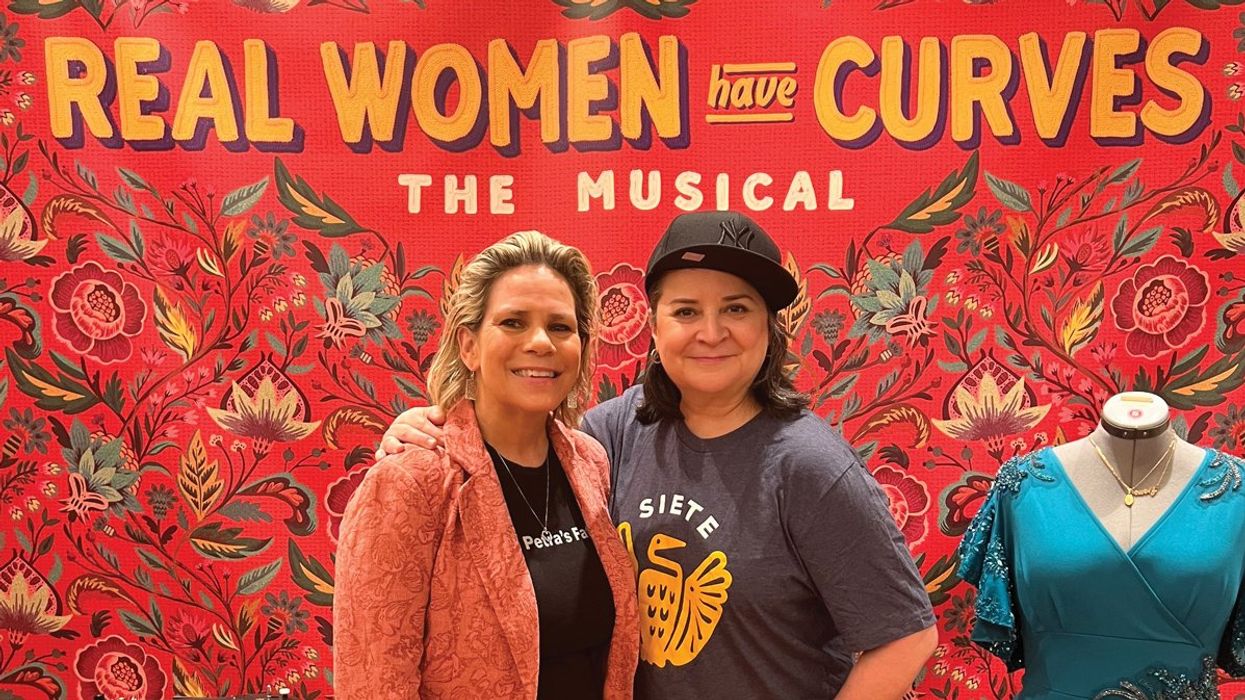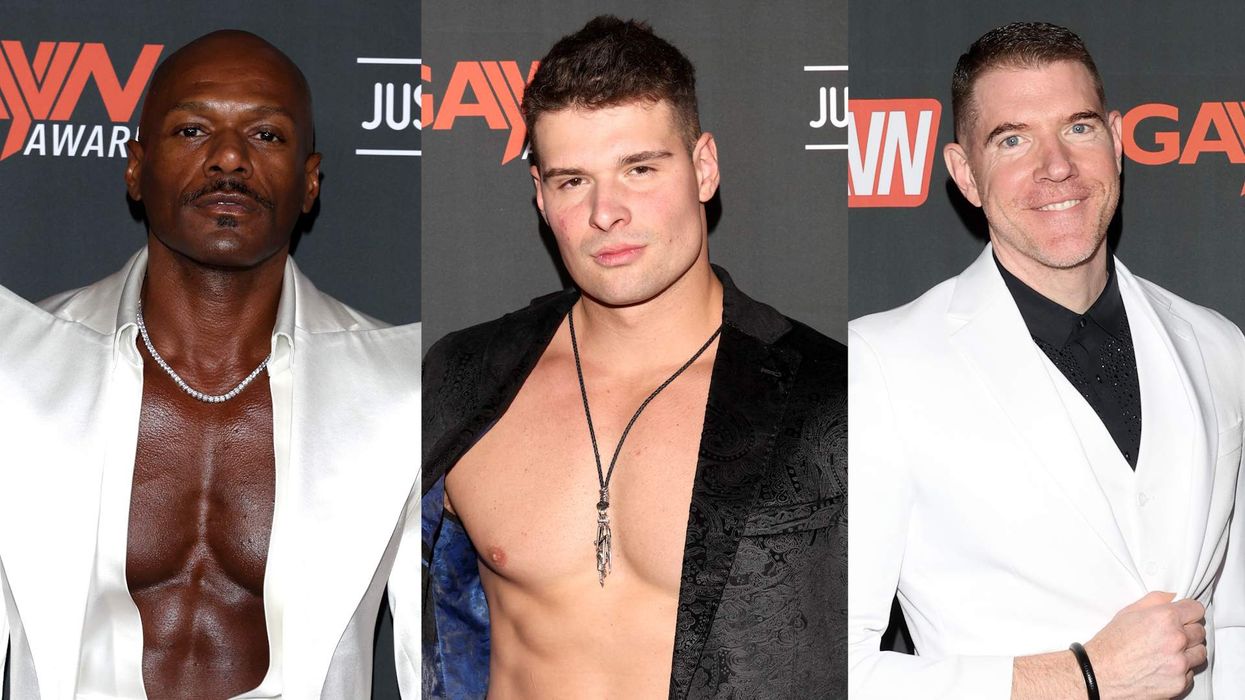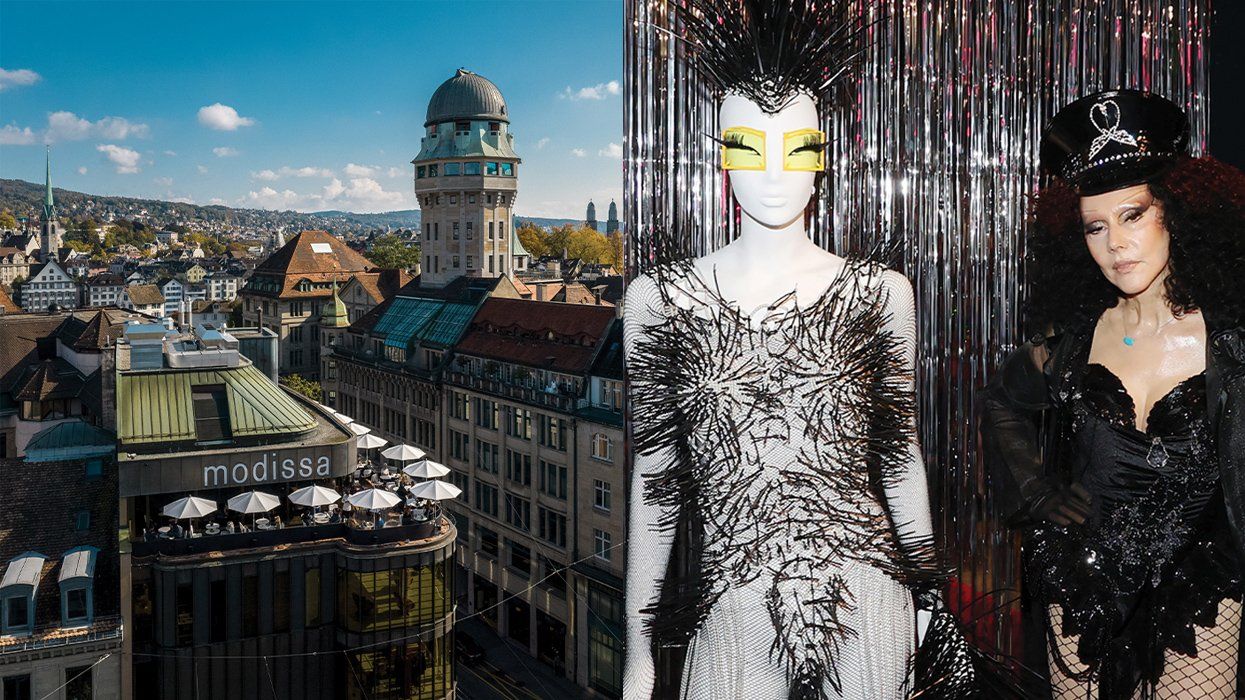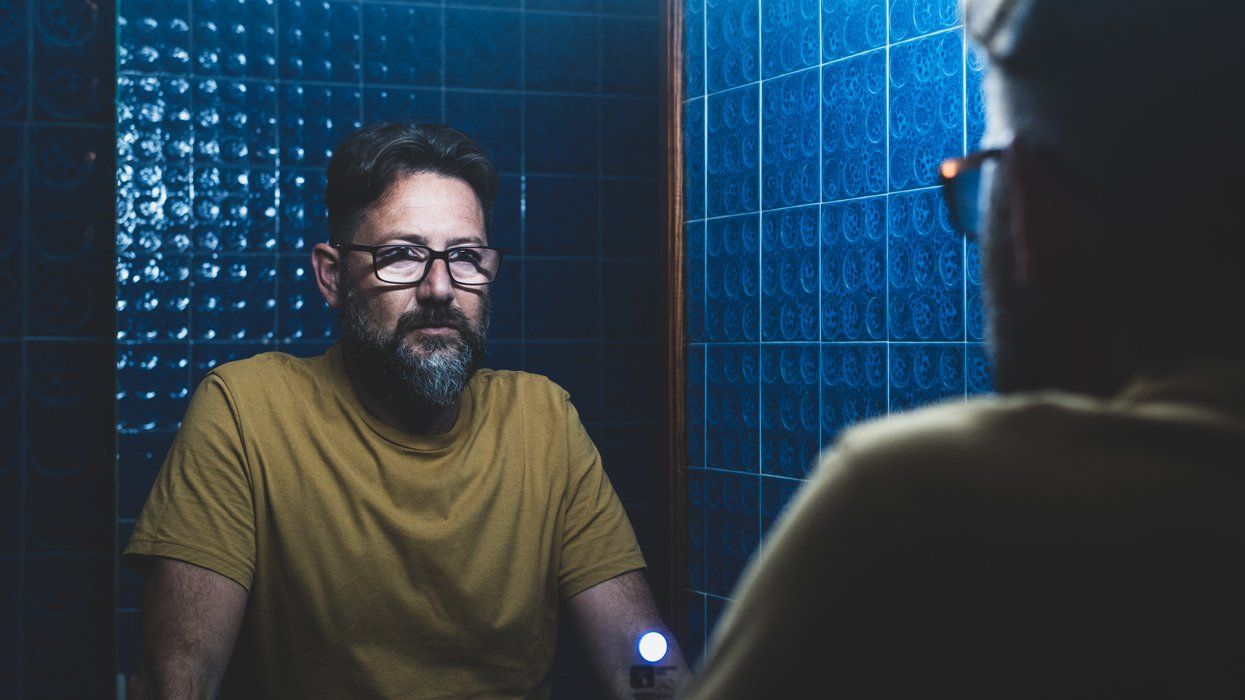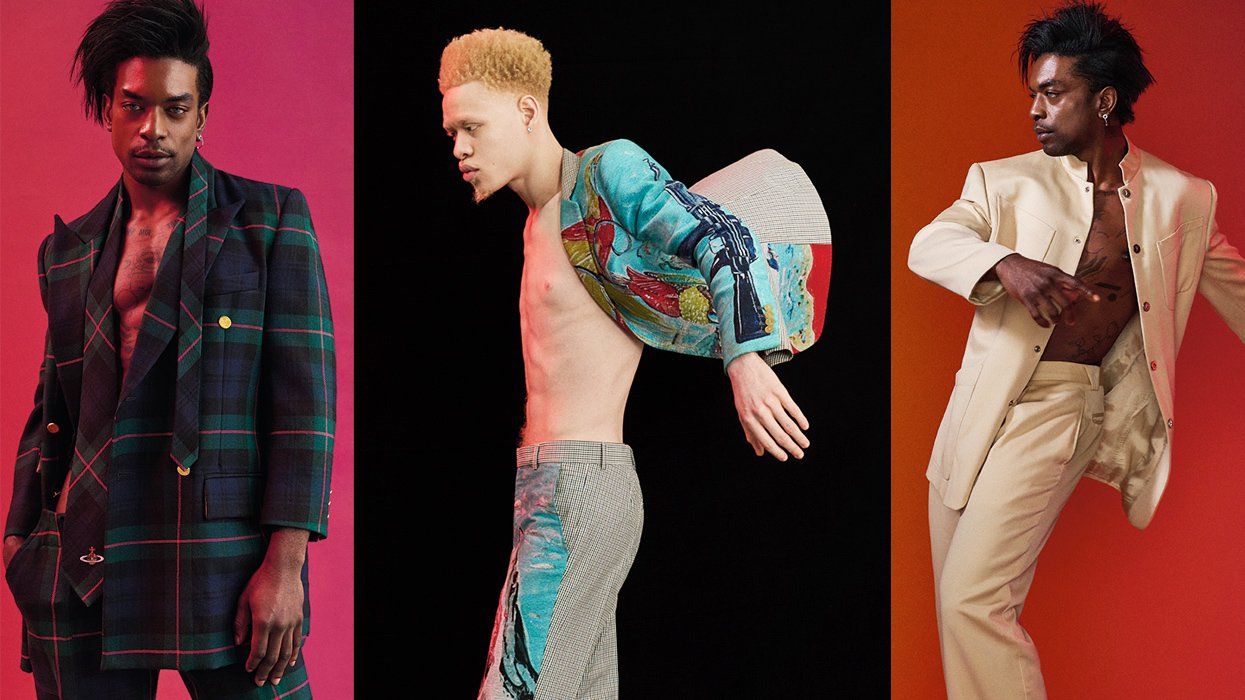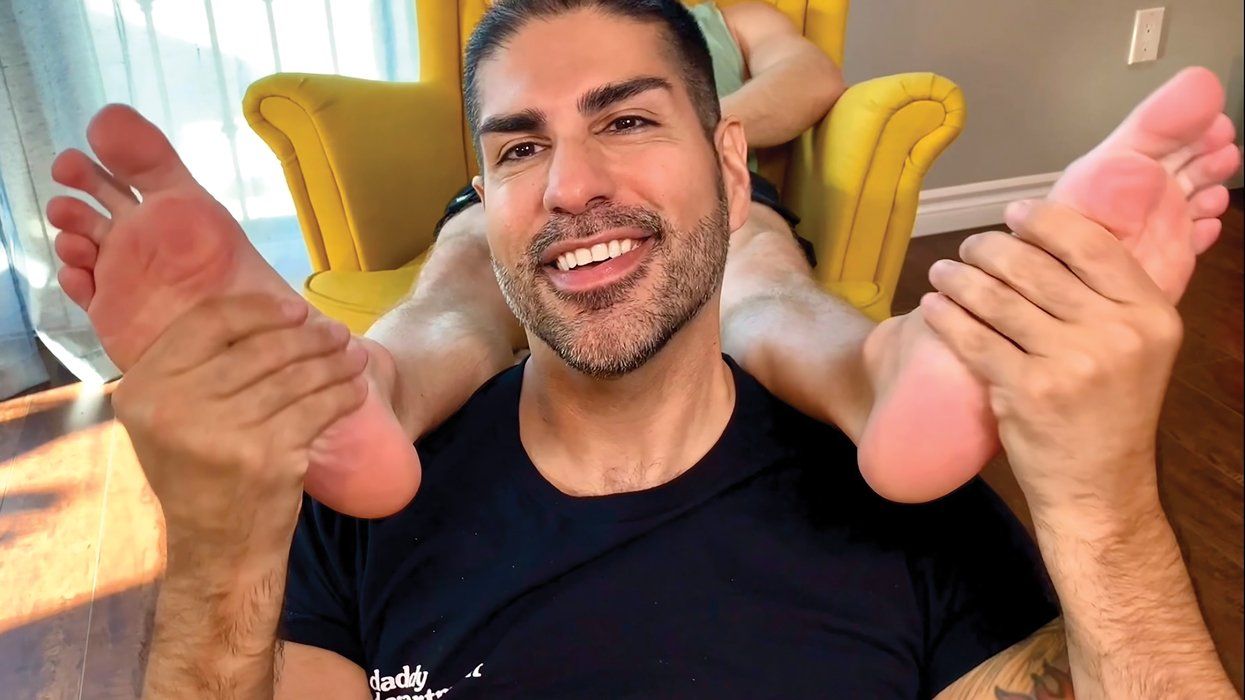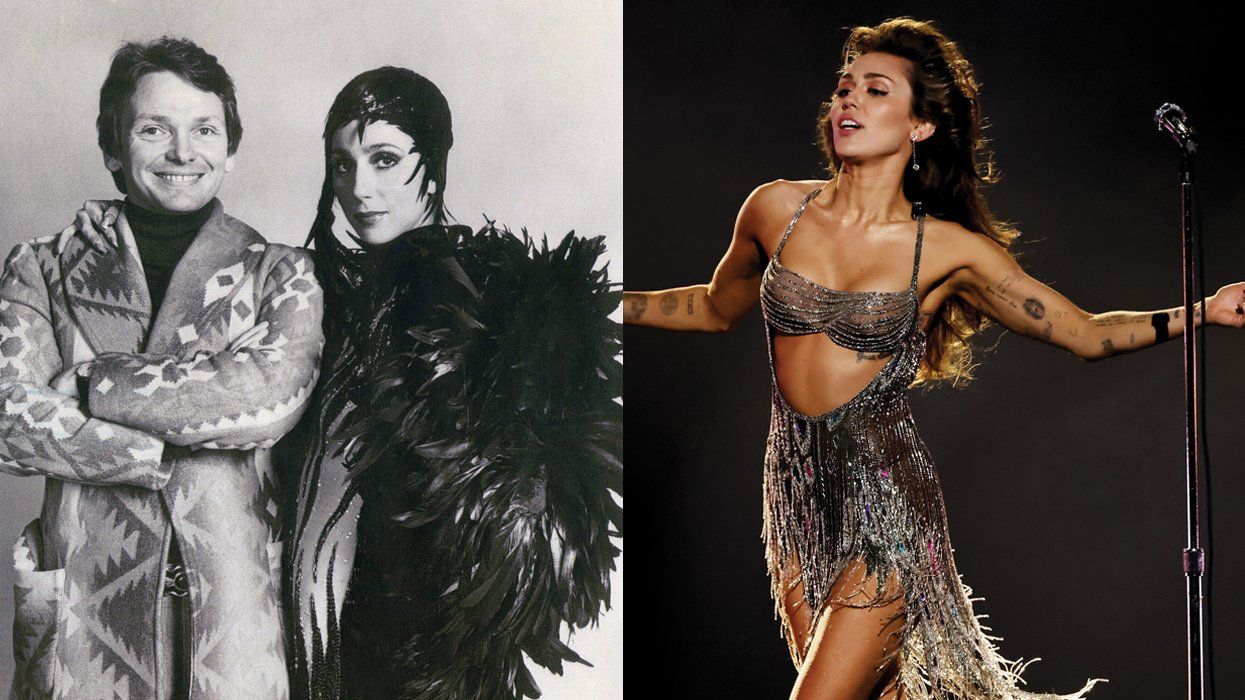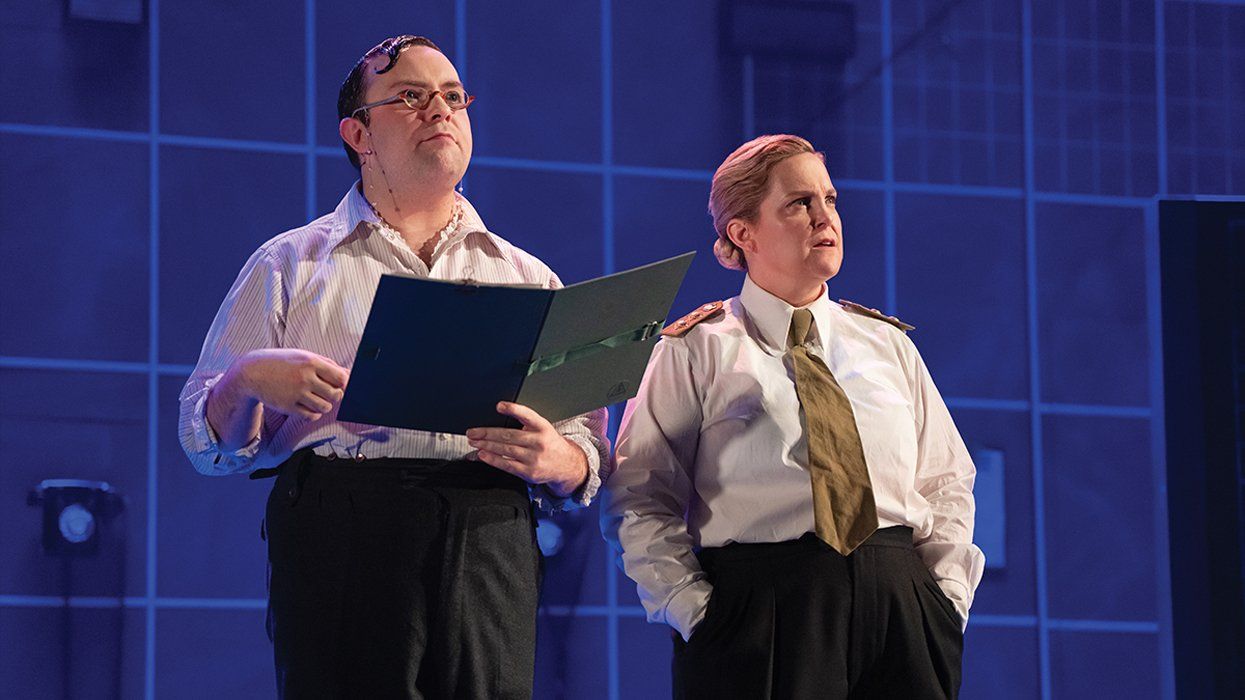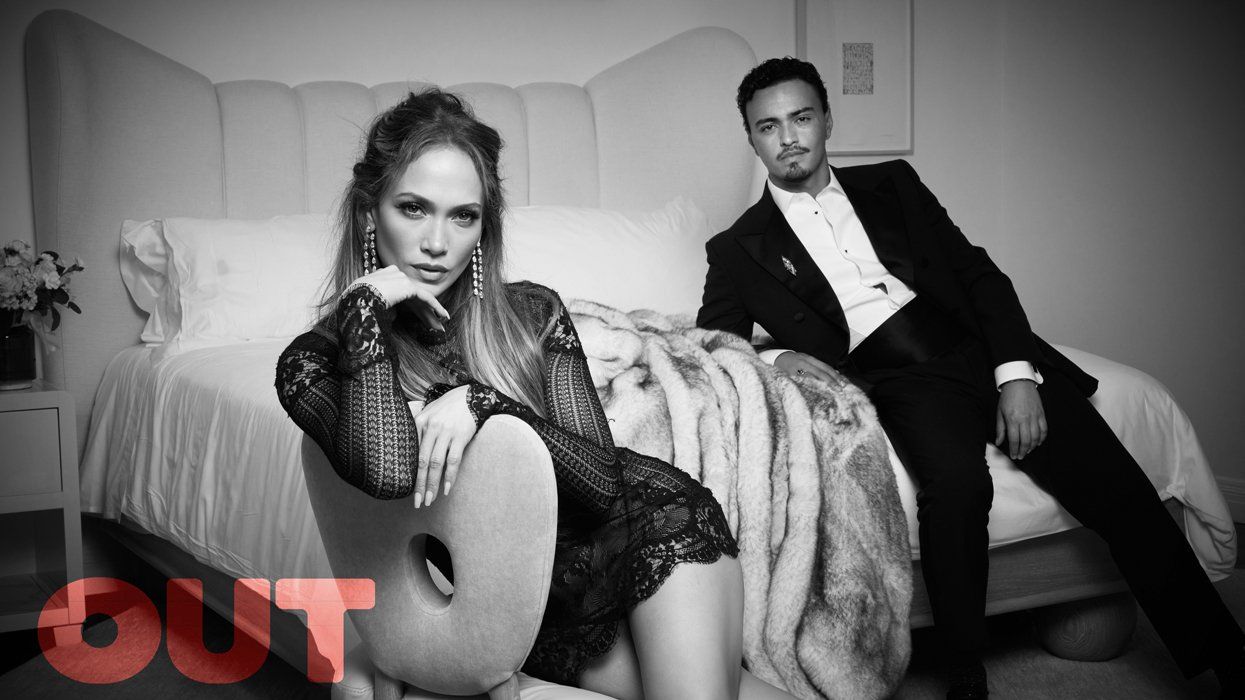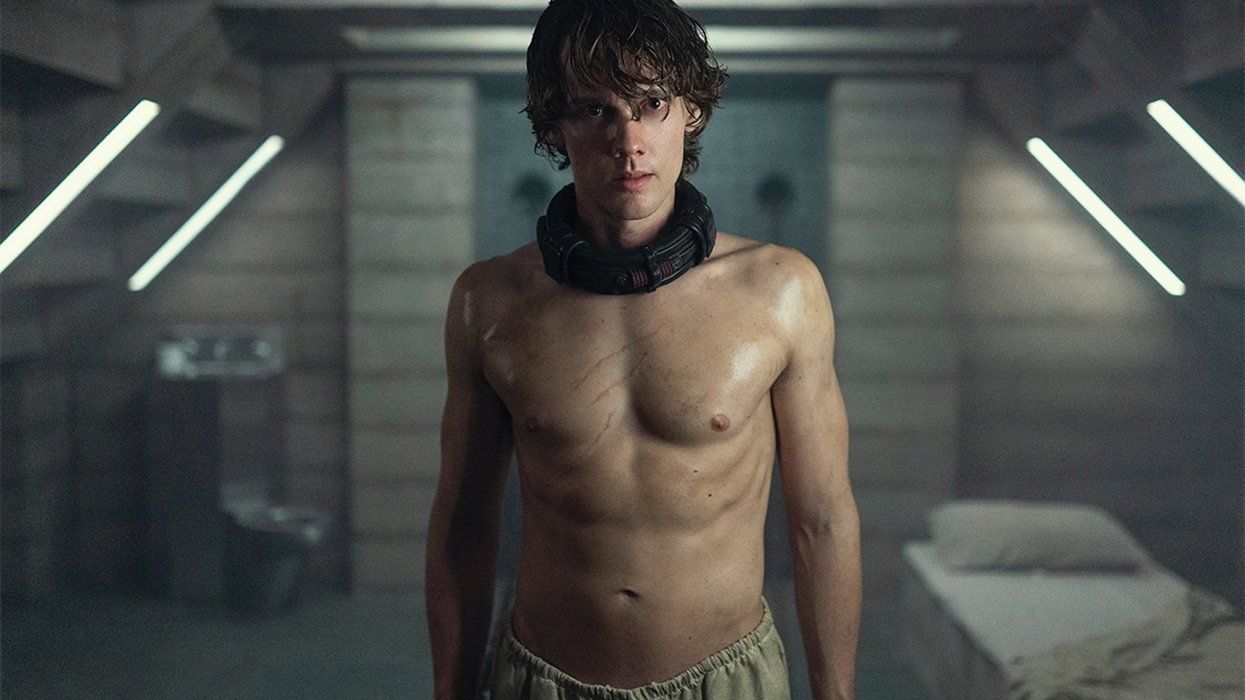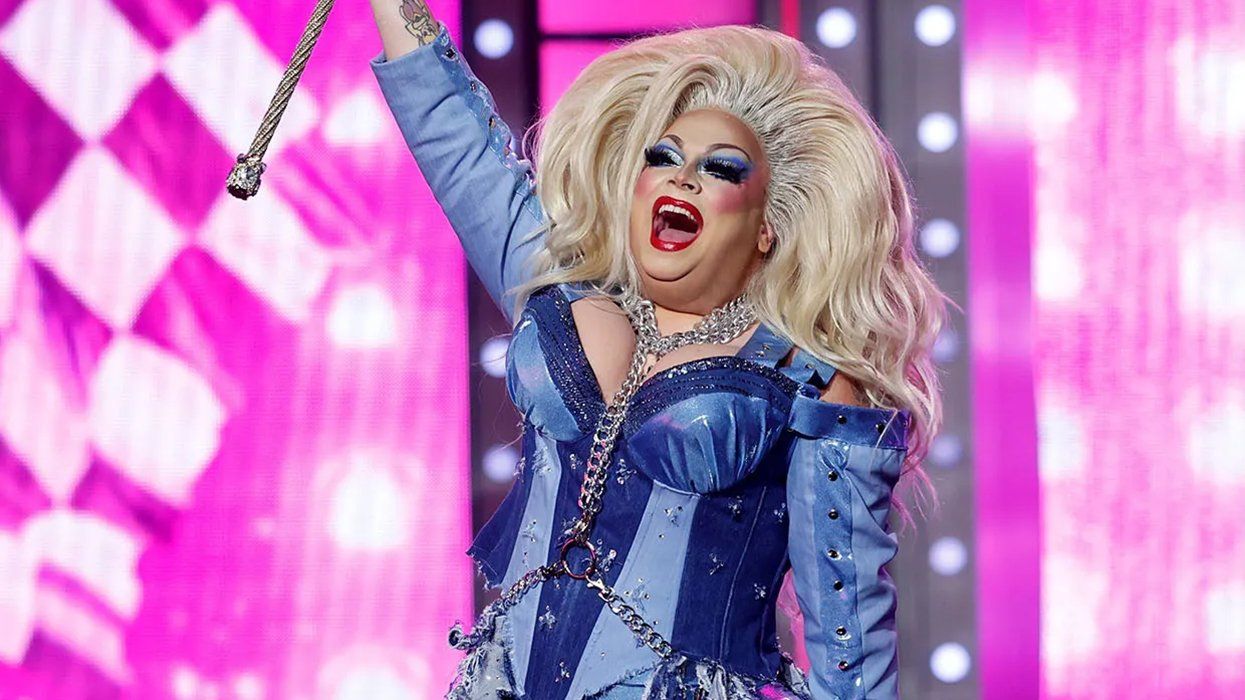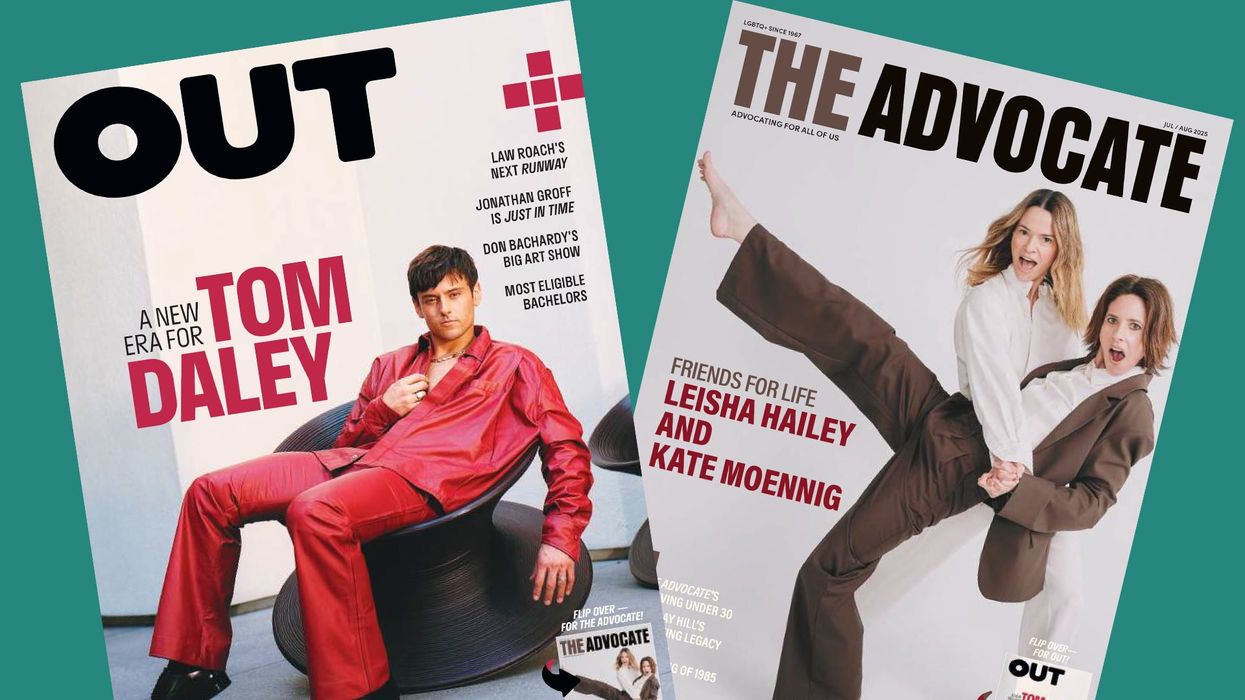Kane C. Andrade uses art to effect change. The San Francisco-based photographer and creative producer is also a military veteran and transgender man, and his work centers and uplifts other members of his community.
“I like to shoot what I know,” Andrade attests. “As a Latino trans man, I wanted to share an idea of my experience and my journey vicariously through the casting of this shoot. It’s important to me to highlight my community and in turn specifically to highlight trans men of color.”
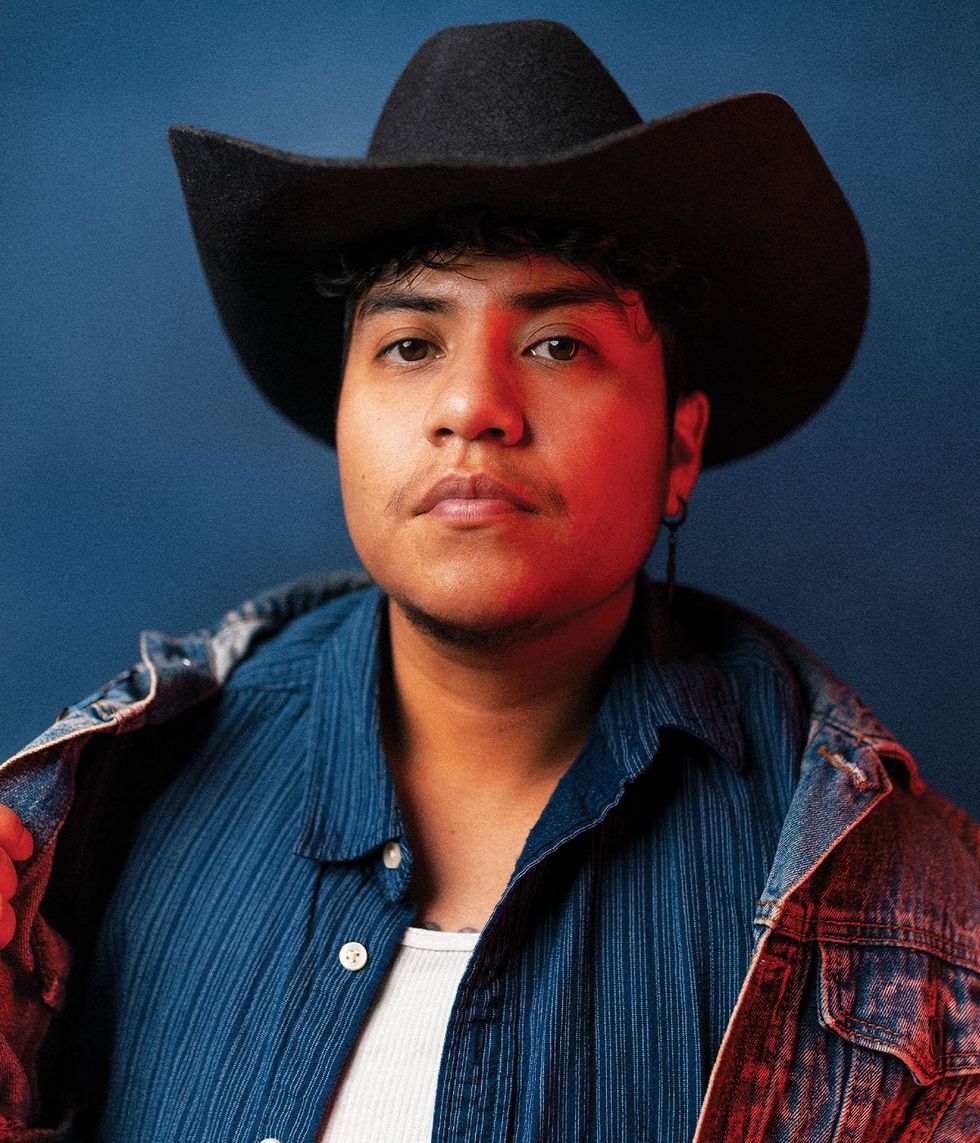
In this project for Out, Andrade took portraits of fellow Bay Area residents Gray Anderson, Jaime Serra dos Santos, and Xavier-Dominic Williams on an iPhone 14 Pro Max as a celebration of intersectional lives. And he shares advice with others on how to create art with the tools at hand to fight against repression. Moreover, Andrade’s subjects share their own journeys of finding community and themselves.
Out: Why did you choose Gray, Jaime, and Xavier as your subjects?
Kane C. Andrade: I was extremely intentional with the models I chose for this project and was mindful to include trans men who actively support the local Bay Area community. I knew that I wanted the resulting images to portray the diversity of our community in the sense of looks as well as backgrounds. Across media platforms, trans men have very little visibility — and those who do get featured tend to be conventionally attractive, extremely fit, toned, thin, and white. I wanted to remind people that trans men come in all different sizes, shapes, and colors and that there is no one single way to be trans.
How do you hope your portraits of them will impact others?
Growing up, I didn’t really understand what I was feeling. It wasn’t until I saw a trans YouTuber who shared their journey of getting top surgery and starting testosterone that I understood why I felt the way I did. I needed that representation to begin to understand my own trans identity. I hope that trans youth will see this and feel validated, seen, and uplifted. I hope that kids who are similarly confused like I was can find clarity and hope through more portrayals of trans men.
How does a charged political climate, where trans rights and people are under attack, inform your art?
It’s a reminder that my art is important, and that I need to be creating and sharing my art and representing trans people now more than ever. This is a reminder that while people try to erase us, we are resilient. We will stand tall and proud of who we are.
What was your own coming-out journey as a trans man?
This question is hard to answer to be honest. I feel like I’ve “come out” over and over again throughout my life. I knew from a very early age that I was trans, but I didn’t have the knowledge or language to know that that’s what I was experiencing. On top of that, like many young queer and trans kids, I was surrounded by adults who didn’t allow me to safely explore my identity or feel safe expressing myself authentically.
What first drew you to photography?
I’ve always struggled to express myself authentically. While in school for animation, photography came as a surprisingly therapeutic outlet for me. I found I was able to craft the stories I wanted to tell through photos much more seamlessly than I could through any other medium.
You shot this series on an iPhone, which is pretty remarkable. What were the advantages and challenges of using this tool?
It was really amazing to get to try out the iPhone 14 Pro Max for this project. The phone’s camera is actually better than my professional camera I use for commercial photography! The ProRAW setting and 48-megapixel feature created sharper photos than I’ve ever produced before, which was incredible. The only real challenge was that I’m used to working with large, bulky DSLR cameras and it was odd to shoot just using this little phone. Another challenge was a little more technical: the ProRAW and 48-megapixel settings that are so amazing at creating these super sharp, crisp images were not compatible with Portrait mode. For folks who aren’t familiar, [the] bokeh setting blurs out the background and allows the photographer to guide the viewers’ eyes by creating more depth in images than the raw setting would allow. I’d love to see this be possible in the future!
Any pro tips for our readers?
Keep creating! Especially if you’re queer or trans, especially if you’re a person of color — keep creating! Your voice matters, and your art deserves to take up space in a climate that is oversaturated with negativity and hate.
What gives you Pride this year?
My Pride comes from my community! We are a stronghold of creators and activists who unapologetically live our truth despite, and in spite of, the current social climate.
Any other projects you’re working on?
As a freelance commercial photographer, I feel so lucky that I get to be involved in this and so many other cool projects! Next, I’ll be involved in a few projects for Alaska Airlines, and of course, Pride is just around the corner where I’ll be involved with San Francisco Pride’s trans stage. For an inside look at my personal projects, folks can find me on Instagram @kanecandrade and on TikTok @kanesies.
Gray Anderson (he/him)
Model, poet, scientist
“My formative years as a young adult were spent in North Carolina where it was rare for me to see other people that shared my mix of intersectional identities — queer, white, Indigenous, Spanish, first-generation American. Despite this, North Carolina was also the place where I first shared community with other trans folks. Having that community gave me the courage to begin my social transition prior to my move to the Bay Area, where I began gender-affirming medical care. In the last couple years, I’ve gained so much confidence as my body has continued to grow into something that I connect with at my core. And for the first time in my life, I’ve started looking ahead to my future with excitement.”
Jaime Serra dos Santos (he/him)
Artist, DJ
“I knew I was trans ever since I knew I was a person. My family recalls signs of me feeling like I didn’t quite fit in my body or identity as early as 3 years old. But back in Brasília during the ’90s, [in] the heart of the Brazilian Cerrado where I grew up, nobody really knew what trans was. I was lucky to grow up with an abundantly loving family, nonetheless in the context of a still very homophobic and machista society in 2000s Brazil. At 18 years old, I finally came across the word that accurately expressed the odd and persistent feelings I experienced all my life, and that word was ‘transman.’ Around the same time, I was accepted to a university in San Francisco, California. And naturally, as any responsible Latin American teenager would do, I took the opportunity to study abroad, not knowing I would actually find a safe haven to begin my transition. At 21, I had gathered enough resources to begin to socially and hormonally transition, and even amongst the disapproval of others, I was finally able to allow ‘Jaime’ to come out and live authentically from there on out. If there’s anything you should take away from my journey, it is that being yourself is one of the highest forms of peace, freedom, and self-love.”
Xavier-Dominic Williams (he/him)
Activist
“A Black child growing up in a religious home in San Francisco where it wasn’t OK for me to be my unapologetic self. Knowing at the age of 5 years old that I didn’t fit this box that was forced onto me: womanhood. Getting in trouble for being too ‘mannish’as a child. Being teased by other kids at church. Being tossed in a men’s restroom as someone yanks down my pants. Clearly everyone knew, but it was so taboo especially in church to talk about. Going years trying to fit in others’ boxes of what they thought was my problem. To getting to know the truth about other trans men in my family with no real explanations. Being asked by 18 if I wanted to transition, to being too scared until I mentally [couldn’t] take life anymore in denial of who I truly am. I now live my life proud of the best choices I made for me.”


